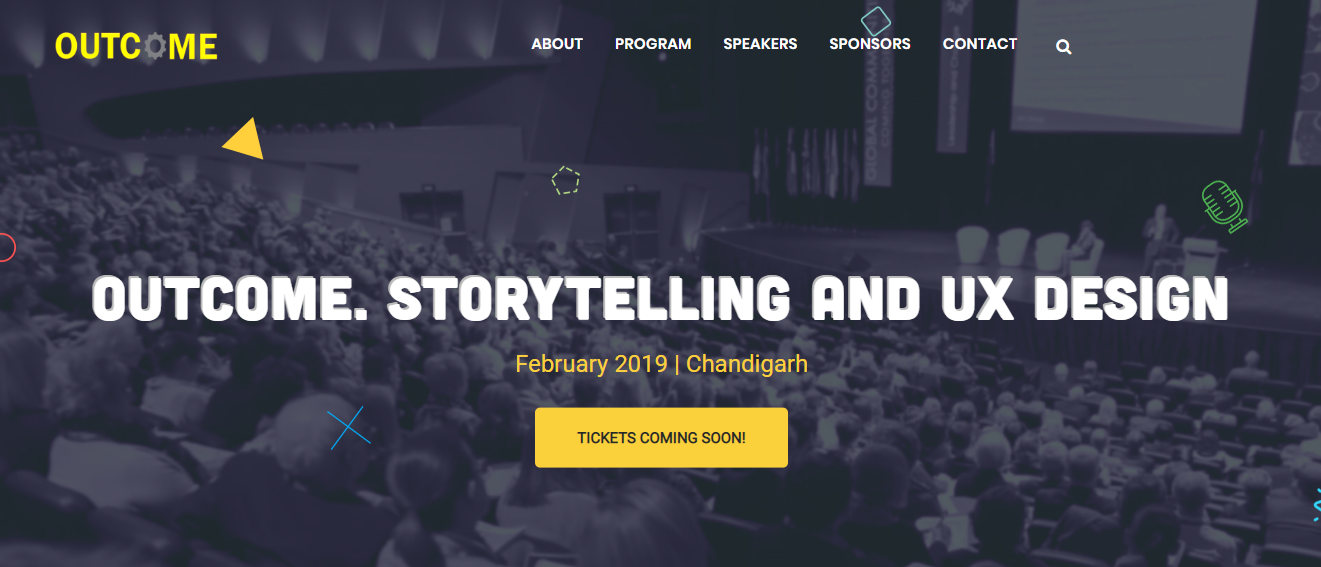The startup ecosystem noise gets louder and is more widely distributed now in Chandigarh. I love the way students are now entrepreneuring their muscles from idea to pitching, and sometimes prototyping on their way.
My co-working space CEED gives me regular chances to talk to Chitkara University students and many a times, they surprise me with their startupreneural questions. Also, CEED invites guests from industry including successful founders and investors and it opens a great conversational channel between aspiring founders and those who aspired and achieved. Such activities (example 1, example 2) help in fostering a startup culture, and I see it is being encouraged by many local and regional teams and associations.
Note that I use the term—startup culture. Thriving co-working spaces, mentoring sessions, interactions with investors, and a pool for funding—these are all facilitators for startup culture.
But.
There is an equally important face of a startup ecosystem that many startup communities fail to identify. This is Product Culture. And on that count, Chandigarh is a bit pre-mature market to be pushed for a startup ecosystem—since there is no identifiable and promising community that fuels a product culture.
A startup ecosystem is about mentoring and networking culture, idea validation opportunities, a talent pool, technology infrastructure with support by local government and for-profit committed organizations (education and business), and a reasonably mature investors’ pool. And Chandigarh ticks all these boxes well. But the community cannot mature in the right directions if they do not make parallel efforts in learning how the products’ experience should be designed—products that are viable, usable, sell-able, scale-able, marketable, pivotable, or sustainable.
I have attended many startup events and meetups in Chandigarh and almost all these groups talk about ideas, marketability, customer acquisition, or fundraising. It annoys me to see that if people do not talk much about what actually sells—the product itself — for designing right experiences for the right audience, what will they market and what will they do with raised funds? And, it creates an imbalance in what the communities understands about startups.
A startup ecosystem is shallow without a product culture.
Going a step back—are founders in Chandigarh region excited to organize and participate in meetups and or formal events? Yes—Cannable2.0 is a good example—and it was a success on all accounts for its core objective. But, are the founders and their teams excited to share the best product experience design practices? Not sure. I see it as a missed opportunity—the missing product mindset—how to invest in products that live the promise that we make on landing pages.
This inspired me to plan for Outcome.
For the Outcome
Outcome is a one-day UX design conference that talks about product design from storytelling perspective.
The goal of Outcome is to discuss and understand the UX design practices that help products deliver right experiences for the right people, in the right context.

The conference invites participants to discuss and learn how we should invest in our products, and how customer-story driven experiences deliver products that are more mature to scale and grow.
We are designing products for customer stories, and the brand story aligns with a customer story only when the experience is also designed for this aligned story. The core objective of the OUTCOME conference is to understand the product design from storytelling perspective.
Discussions around product design practices adds more assurance to the startups’ goals. It lends sustainability to the startup culture. Is that not any ecosystem should ideally be looking for?
Product teams in Chandigarh region have a chance to unlearn the outdated features-driven product design practices and to relearn the customer-story driven experience design practices.
Learn more about the OUTCOME, and you have a chance to:
- speak (Update on 21 December — The call for proposals is closed today, thank you all who showed interested in presenting at the Outcome), and or
- sponsor (help us make this day possible and you gain all the visibility and many claps in all our digital and offline promotions), and or
- volunteer, and
- to be there as a witness to the Outcome.
The pixel is in your court now as we are setting up the nets. The Outcome is in your hands in many ways. Over to you.
